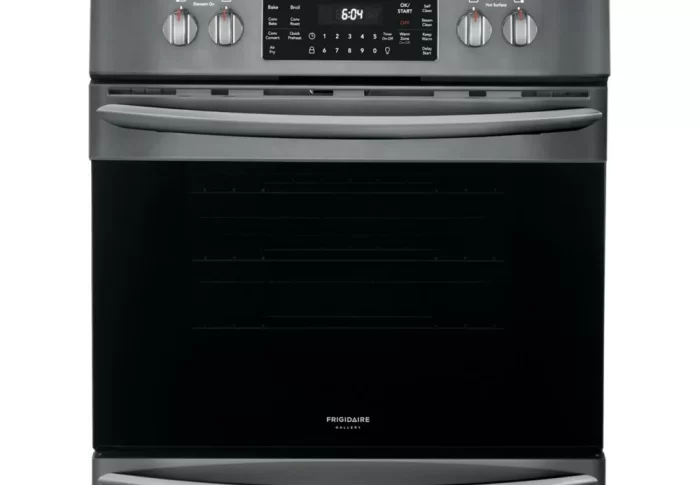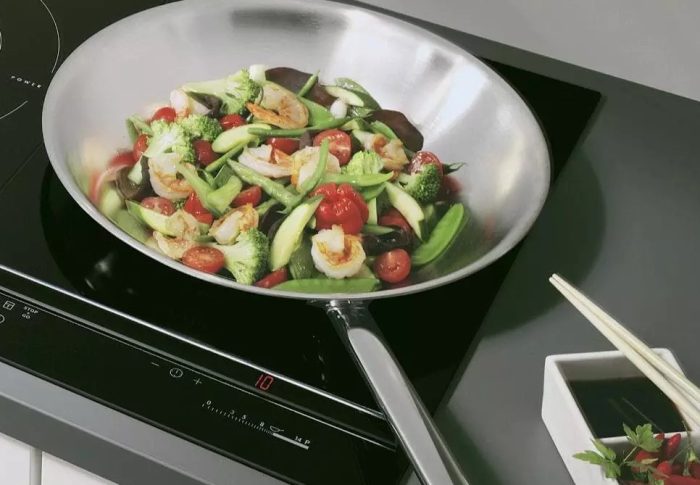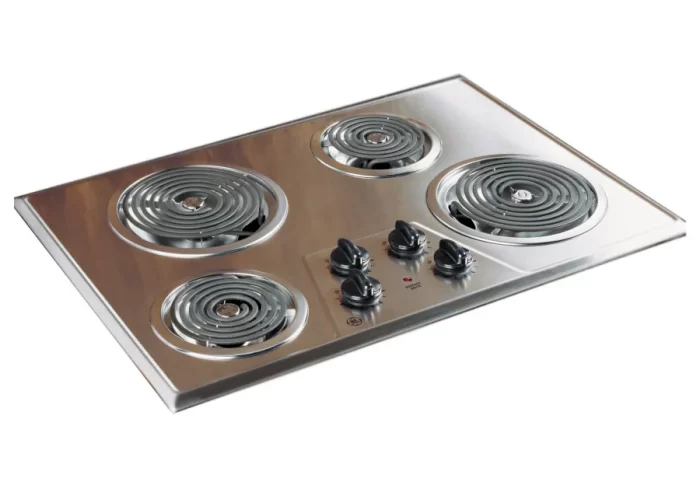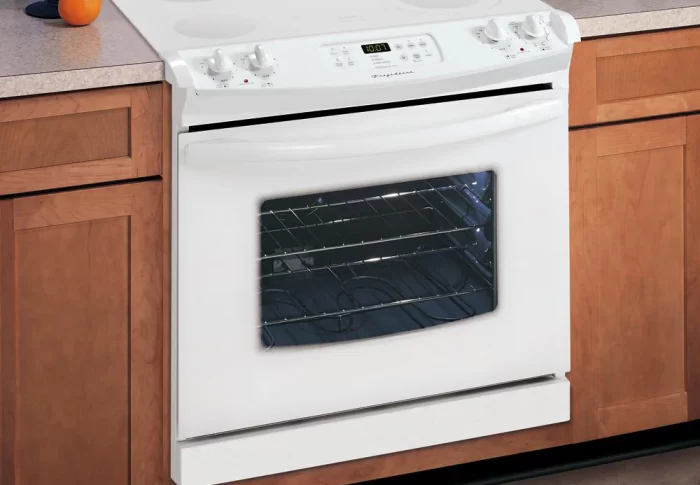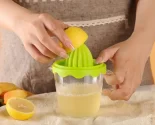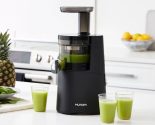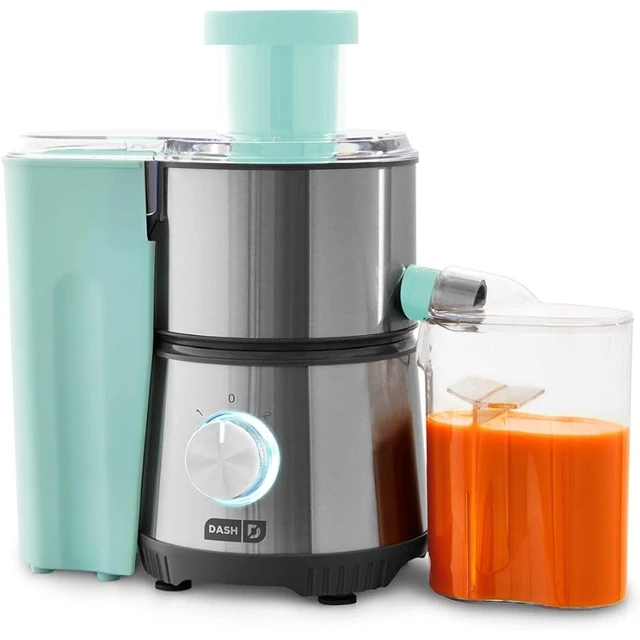
Masticating vs. Centrifugal Juicer: Which Is Better for Your?
Introduction:
Choosing the right juicer is crucial for anyone looking to incorporate fresh juice into their diet. Masticating and centrifugal juicers are the two most popular types on the market, each with its own set of features, benefits, and drawbacks. This comprehensive guide compares masticating vs. centrifugal juicers to help you decide which is better suited for your juicing needs.
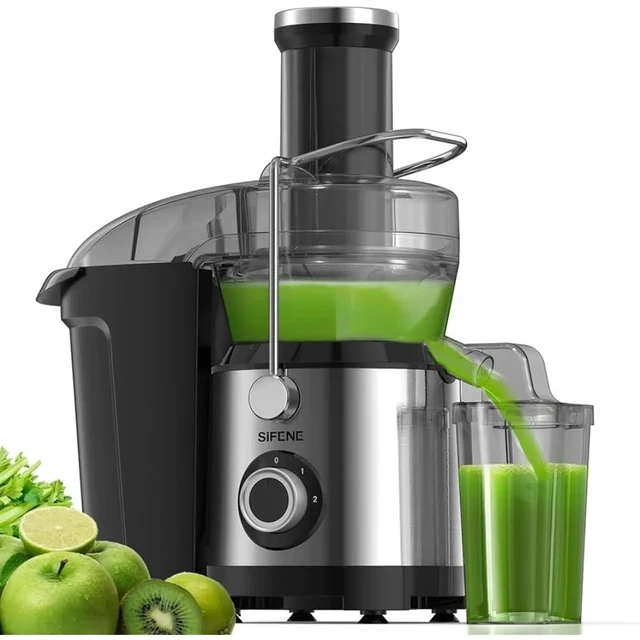
Masticating vs. Centrifugal Juicer:
Which Is Better for Your Juicing Needs?
Juicing Mechanism:
How Do Masticating and Centrifugal Juicers Work?
Understanding the mechanics of each type of juicer provides valuable insight into their efficiency and effectiveness.
Masticating Juicers:
Slow and Steady:
Single or Twin Gears: Masticating juicers, also known as slow or cold press juicers, use a single or twin gear mechanism to crush and press fruits and vegetables. This method operates at a slower speed, usually between 40 to 160 revolutions per minute (RPM).
Thorough Extraction: The slow, grinding process extracts a higher yield of juice while preserving more nutrients, enzymes, and fiber. This method reduces oxidation, maintaining the juice’s freshness and nutritional value for longer periods.
Versatility: Masticating juicers are versatile and can handle a variety of produce, including leafy greens, wheatgrass, and nuts for making nut butter. They are also effective at juicing soft fruits and hard vegetables.
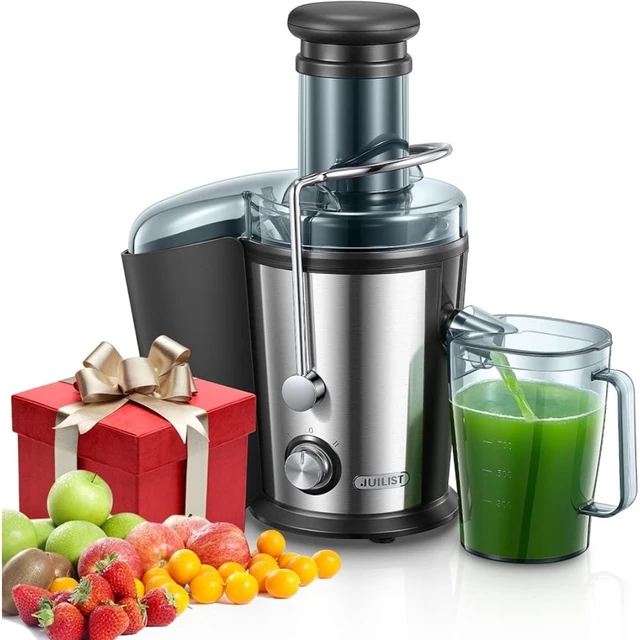
Centrifugal Juicers:
Fast and Efficient:
High-Speed Spinning: Centrifugal juicers use a high-speed spinning blade to shred fruits and vegetables into tiny pieces. The centrifugal force then pushes the juice through a fine mesh strainer, separating it from the pulp. These juicers operate at speeds ranging from 6,000 to 14,000 RPM.
Speed Advantage: The high-speed process allows for quick juicing, making centrifugal juicers ideal for those with a busy lifestyle. They can efficiently juice most fruits and vegetables, providing a fast and convenient way to enjoy fresh juice.
Limitations: However, centrifugal juicers struggle with leafy greens and wheatgrass. They also produce more heat and oxidation, which can degrade some nutrients and reduce shelf life.
Nutrient Retention:
How Do Masticating and Centrifugal Juicers Compare in Nutrient Preservation?
The type of juicer you choose can significantly impact the nutritional quality of your juice.
Masticating Juicers:
Nutrient Density:
Minimal Heat Generation: Masticating juicers generate minimal heat during the juicing process, preserving more essential nutrients, vitamins, and enzymes. The slower speed and reduced oxidation result in a higher quality, nutrient-dense juice.
Extended Shelf Life: Juice from masticating juicers can be stored for up to 72 hours without significant nutrient loss, making it suitable for those who prefer to juice in batches and store for later consumption.
Centrifugal Juicers:
Speed and Compromise:
Heat and Oxidation: The high-speed operation of centrifugal juicers generates more heat and introduces more air into the juice, leading to oxidation. This process can degrade certain heat-sensitive nutrients, such as vitamin C and enzymes, reducing the overall nutritional value.
Immediate Consumption: Juice from centrifugal juicers is best consumed immediately to maximize nutrient intake. While still nutritious, it has a shorter shelf life compared to juice from masticating juicers, typically lasting 24 to 48 hours when refrigerated.
Juice Yield and Waste:
How Efficient Are Masticating and Centrifugal Juicers?
Efficiency in juice yield and waste management can make a significant difference in your juicing experience.
Masticating Juicers:
High Yield:
Optimal Extraction: Masticating juicers excel in extracting the maximum amount of juice from fruits and vegetables, resulting in higher juice yield. The pulp produced is typically much drier, indicating that most of the juice has been extracted.
Cost-Efficient: Although masticating juicers often have a higher upfront cost, their high juice yield and efficiency can lead to long-term savings by reducing the amount of produce needed to achieve the same volume of juice.
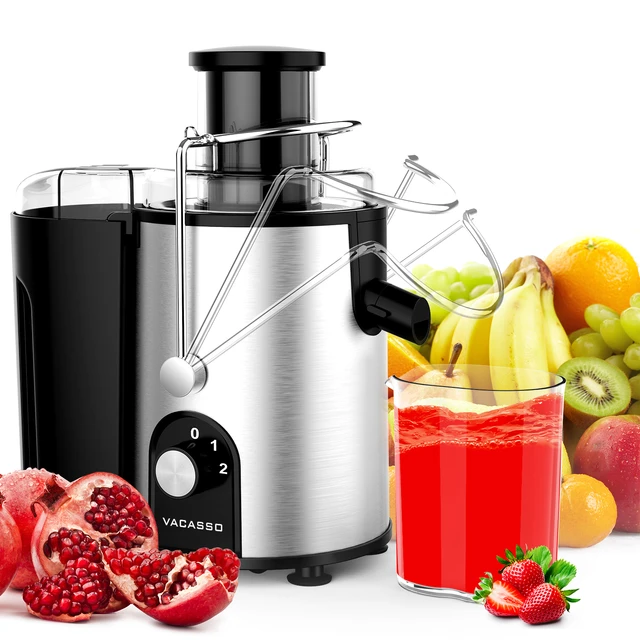
Centrifugal Juicers:
Moderate Yield:
Speed vs. Waste: Centrifugal juicers may produce a lower juice yield compared to masticating juicers. The pulp is generally wetter, indicating that some juice remains in the pulp and is not fully extracted.
Quick and Convenient: Despite the lower yield, the speed and convenience of centrifugal juicers can be appealing, especially for those who prioritize time over juice quantity and efficiency.
Ease of Use:
Which Juicer Offers Better User Experience and Convenience?
Ease of use encompasses various aspects, such as assembly, operation, cleaning, and overall user experience.
Masticating Juicers:
Step-by-Step:
Assembly and Operation: Masticating juicers generally have more components and require a bit more time to assemble and disassemble. Their slower operation also means longer juicing times compared to centrifugal juicers.
Cleaning Process: Cleaning a masticating juicer can be more time-consuming due to the multiple parts involved. However, many models have dishwasher-safe components, which can simplify the cleaning process.
Quiet Operation: One of the advantages of masticating juicers is their quieter operation. The lower RPM makes them more suitable for households where noise might be a concern.
Centrifugal Juicers:
Quick and Easy:
Simple Design: Centrifugal juicers typically have fewer parts and are easier to assemble and disassemble. Their straightforward design makes them user-friendly, even for beginners.
Fast Cleaning: Cleaning a centrifugal juicer is generally quicker and easier, although some models may have intricate parts that require careful attention. Many also feature dishwasher-safe components.
Noise Levels: Centrifugal juicers can be quite noisy due to their high-speed operation. This might not be ideal for early morning or late-night juicing sessions.
Cost and Durability:
How Do Masticating and Centrifugal Juicers Compare in Terms of Investment?
Cost and durability are important considerations when deciding on a juicer.
Masticating Juicers:
Long-Term Investment:
Higher Initial Cost: Masticating juicers tend to have a higher upfront cost compared to centrifugal juicers. Prices can range from $200 to $500 or more, depending on the brand and features.
Durability and Longevity: These juicers are built to last, often featuring robust construction and high-quality materials. Many masticating juicers come with extended warranties, reflecting their durability and long-term reliability.
Centrifugal Juicers:
Budget-Friendly Option:
Lower Initial Cost: Centrifugal juicers are generally more affordable, with prices ranging from $50 to $200. This makes them accessible to a broader range of consumers.
Moderate Durability: While they are less expensive, centrifugal juicers may have a shorter lifespan compared to masticating juicers. The high-speed motors and moving parts can wear out faster, especially with frequent use. Warranties are typically shorter.
Versatility:
Can Masticating and Centrifugal Juicers Handle Various Types of Produce?
Versatility in handling different types of produce can enhance the juicing experience.
Masticating Juicers:
Broad Capabilities:
Diverse Ingredient Handling: Masticating juicers excel at juicing a wide variety of produce, from hard vegetables like carrots and beets to soft fruits like berries and grapes. They are particularly effective at juicing leafy greens and wheatgrass, which can be a challenge for centrifugal juicers.
Multi-Functionality: Many masticating juicers come with additional settings and attachments that allow them to function as food processors, making nut butters, grinding coffee, and even creating pasta.
Centrifugal Juicers:
Basic Functionality:
Fruit and Vegetable Juicing: Centrifugal juicers are effective at juicing a wide range of fruits and vegetables, especially hard and juicy ones like apples, carrots, and celery. However, they may struggle with leafy greens and fibrous vegetables, where extraction efficiency is reduced.
Limited Versatility: These juicers are typically designed for a singular purpose—juicing. While effective for this purpose, they lack the multi-functional capabilities offered by masticating juicers.
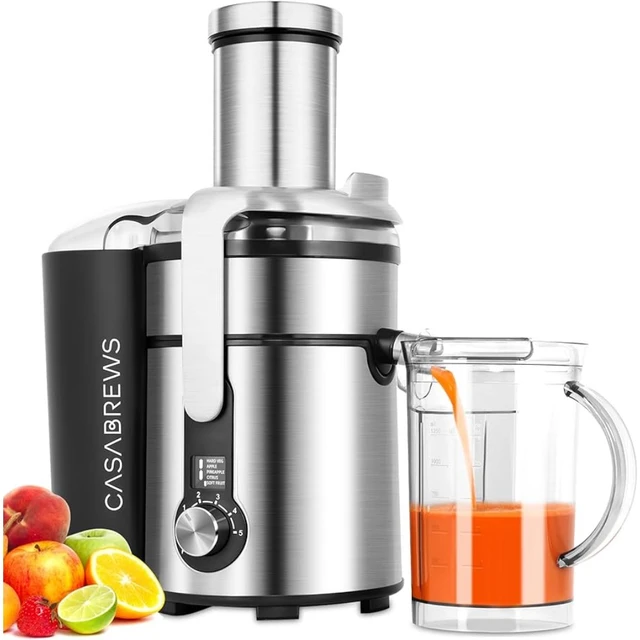
Environmental Impact:
What Are the Sustainability Factors to Consider?
The environmental impact of your juicer can influence your decision, especially if sustainability is a priority.
Masticating Juicers:
Energy Efficiency:
Lower Power Consumption: Masticating juicers operate at lower speeds and therefore consume less electricity compared to centrifugal juicers. This makes them more energy-efficient and environmentally friendly in the long run.
Waste Reduction: Their higher juice yield means less produce is wasted, which can be a more sustainable choice. The dryer pulp produced can also be repurposed for other uses, such as composting or adding to recipes.
Centrifugal Juicers:
Higher Energy Use:
Increased Power Consumption: Centrifugal juicers operate at much higher speeds, resulting in higher electricity consumption. This can have a more significant environmental impact over time.
Food Waste: The wetter pulp indicates that more produce is wasted compared to masticating juicers. This inefficiency can contribute to higher overall food waste.
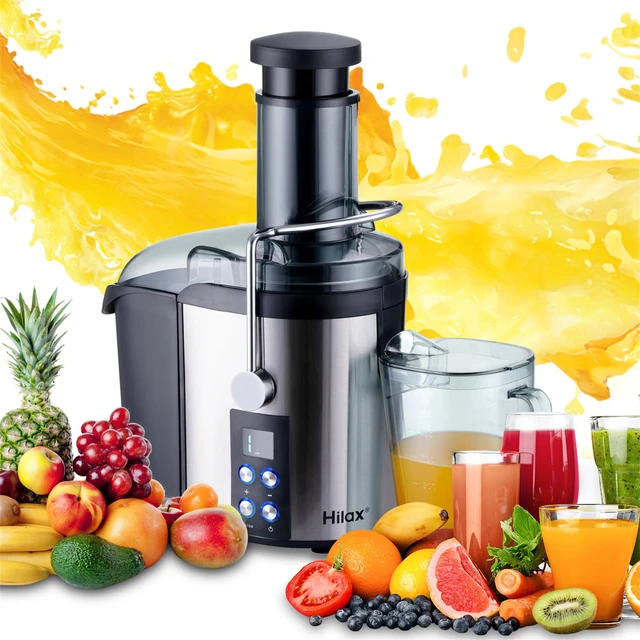
Conclusion
Choosing between a masticating and centrifugal juicer depends on your specific needs, preferences, and lifestyle. Masticating juicers offer higher nutrient retention, better juice yield, and versatility but come at a higher cost and require more time for cleaning and operation. Centrifugal juicers provide speed, convenience, and affordability, making them ideal for those with busy schedules, but they may compromise on nutrient retention and juice yield.
Consider factors such as your budget, the types of produce you plan to juice, how often you will use the juicer, and the importance of nutrient retention and environmental impact. By weighing these considerations, you can make an informed decision that aligns with your juicing goals and enhances your overall juicing experience.

